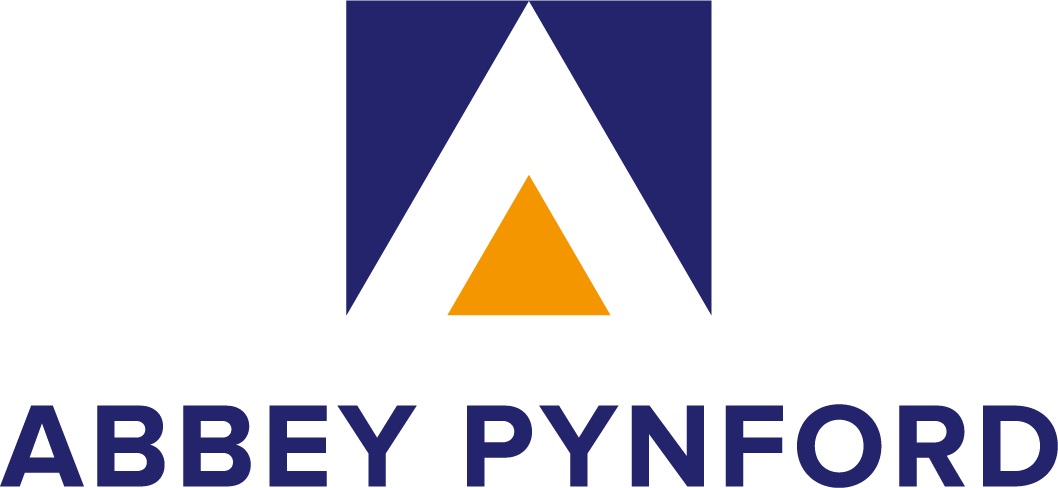Information
-
Document No.
-
Audit Title
-
Client / Site
-
Conducted on
-
Prepared by
-
Location
-
Personnel
Has the demolition work been planned?
-
Prior to the commencement of any demolition work the contractor should develop a work plan for the job.<br>
-
Work plan should include the identification and assessment of hazards and the control measures to be implemented to address these hazards.<br><br>
-
Demolition work plan documented to allow for ease of reference and to prevent confusion.
Has the building or structure been cleared of asbestos containing materials?
-
The demolition contractor must ensure, were reasonably practicable, prior to demolition work commencing that the building, structure or plant to be demolished does not contain asbestos.<br>
-
Should request the current asbestos audit report or engage a suitably qualified person to undertake such a report.<br>
-
Should review any asbestos report to determine its suitability in relation to the work
-
Should consider that any area that was inaccessible and not inspected, during the audit, does contain asbestos and employ appropriate measures to control the risk of exposure.<br>
-
Must ensure that asbestos is removed, inline with the requirements of the OHS (Asbestos) Regulations, generally by a licensed asbestos removalist of the appropriate class.<br>
-
Should ensure a clearance certificate is issued stating the asbestos materials have been removed and specifying the area that is now clear of asbestos.
Have other likely hazardous contaminants been identified?
-
Hazardous contaminants/substances are frequently found inside buildings or structures, also they can be found within the surrounding soil. The previous use of the building can give a guide to the likely containments which may be present.<br>Has the demolition contractor investigated the site for other contaminants?
-
The risk posed from biological hazards to be investigated and can include the old internal plumbing and waste systems, damp areas with fungi or moulds, animals and their droppings.
Have all utilities services been identified?
-
Have all electric power lines and cables, gas lines, telecommunication lines, water, waste and sewerage pipes been located?<br>
-
Look for and identify any septic or underground storage tanks and verify their structural condition and contents.<br>
Have all the utilities services been removed and made safe?
-
Confirm that electrical power and gas has been completely disconnected by the utilities companies.
-
Check that electricity and gas meters have been removed and that no overhead cables remain connected to the structure.<br>
-
Test outlets to double check that all electricity and gas supplies have stopped.<br>
-
Ensure that residual gas, in the premises pipes, is safely flushed out.<br>
-
Ensure septic or underground tanks are pumped out and the contents disposed of safely
Note: Where electrical power is required on site the electrical installation must comply with the Industry Standard for Electrical Installations on Construction Sites.
Are fire services provided?
-
Adequate temporary fire services must be provided, especially where hot work is being undertaken. Get advice from your local fire brigade and observe local fire restrictions.<br>
The sequence in which a building is demolished can significantly impact on its structural stability and is critical to the safety of the workers and the general public.
-
Has structural stability been considered in demolition plan?
Are suspended floors safe for the loads?
-
Get a structural engineer to determine the loading capacity of floors before placing earthmoving equipment, heavy plant or building rubble on them.
-
Floor capacity may need to be increased by back-propping the floors with shoring frames or rigidly connected systems of adjustable building props, regularly monitor floor load.<br>
Are demolition tools and equipment being used safely?
-
Check that compressors, jackhammers and other pneumatic tools are properly maintained and fully serviceable.
-
Make sure all air-hose connections are secured with safety pins to prevent dangerous blowouts.<br>
-
Do not use petrol or diesel-driven compressors or equipment in cellars or any badly ventilated areas.<br>
-
Check that concrete cutting equipment is the right sort for the tasks. Follow the advice in WorkSafe's Guidance Note for Hand-Held Concrete Cutting Equipment.<br>
-
Check that oxy cutting equipment is in good condition, properly secured and when in use that fire extinguishers are readily available.<br>
-
Make sure workers are using the right personal protective equipment for the tools, such as hearing protection, breathing masks, protective glasses, head shields, gloves, or rawhide boilermaker's jackets to prevent burns.<br>
Are electric tools and equipment being used safely?
-
Ensure that all portable electrical leads and power tools are tested and tagged every 3 months and checked every day before use for signs of damage.
-
Extension leads should be supported above the ground and run on hangers or stands, with sufficient height clearance for personnel and vehicles, to provide a safe route through the work area and passageways.<br>
-
Ensure all electrical equipment and extension leads are protected by Residual Current Devices (RCDs), also known as safety switches.<br>
Are workers protected from falls?
-
Never allow demolition workers to work where they are exposed to fall of 2 metres or more without adequate fall protection, which may include:<br>- Securely covering or barricading all floor or roof penetrations, lift shaft entrances and doorways where staircases are to be removed
-
Providing properly constructed heavy duty scaffolds.
-
Where safety harnesses are necessary, make sure they are serviceable, properly worn and securely fixed to anchorages with a safe load capacity of at least 1.5 tonnes. Make sure inertia reel lines cannot be severed on sharp edges.
-
Barricading trenches, pits and excavations.
Is the public properly protected?
-
Securely fencing off the demolition site to restrict access to the area and providing appropriate warning signs.<br>
-
Buildings or structures adjacent or close to public space should have a full-height heavy duty perimeter scaffold to safely contain any debris. It may need to be sheeted in chain-mesh, or shade cloth, or both. Never use hessian because it easily catches fire.<br>
-
Where demolition work is being carried out from the scaffold, fix ply sheets from the working platform to the guardrail. Laying old carpet over the platforms and guardrails will help to contain debris on the platform.<br>
-
Where necessary, provide properly designed and constructed overhead protective gantries or covered ways over footpaths and laneways.
Is rigging work being done safely?
-
The person in charge of demolition rigging work must have a rigging certificate of competency of at least the RI (intermediate) class.
-
Make sure all rigging equipment and slings are in a serviceable condition.<br>




















